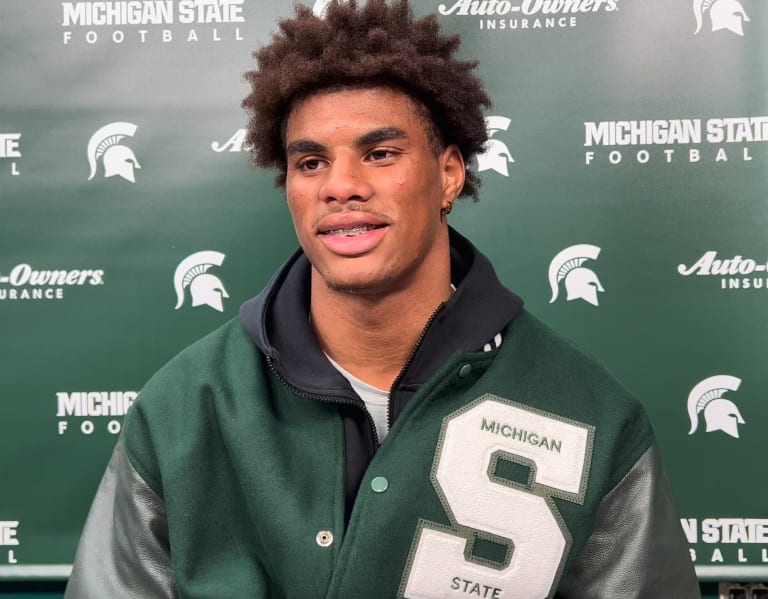I have been thinking a lot this season about the difference between Mark Dantonio and John L. Smith's time in EL. Both coaches, in large part, had their fates determined by their disappointing their seasons. Smith's third season began 4-0 and ended by losing six of the next seven. By the next season, everyone was ready to ditch the coach if things did not change on a dime. Much can be made of losing 7 of the last 8, but Smith was fired when the Spartans were 4-5.
Dantonio's third year might also have been the end or the beginning of the end, but that year was almost a reverse of the Smith teams. In 2008, the Spartans had played for a share of the Big Ten title only to get blown out by Penn State (similar to my mind to last years Ohio State game). Then they opened the next year losing 3 of 4, including a bad lose to Central Michigan. If that was the beginning of a 3-9 season, we might be talking about the 2010's as the Greg Schiano years or something. Instead, they won 5 of 6 against mediocre opponents before losing to Penn State and the bowl game.
I think it's important that this year ends about the same way. So I am surprised by how little attention is being paid to the Rutgers and Indiana games. In fact, if the Spartans win 3 of their last 4 (a 5-2) finish, it would be an impressive finish that would portend great things. A loss to Rutgers or Indiana probably means an off season full of bickering.

